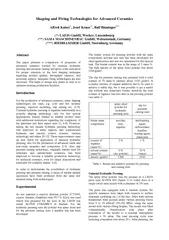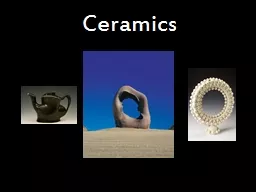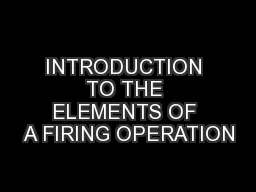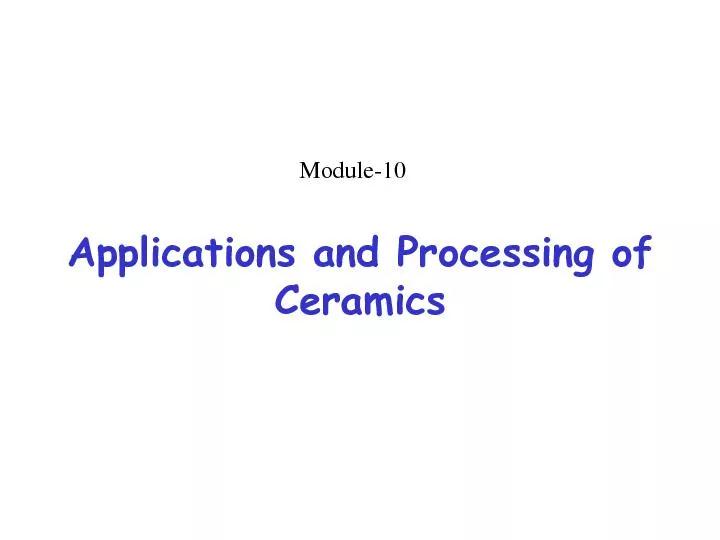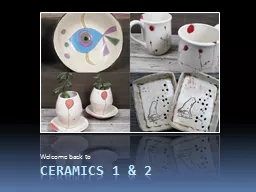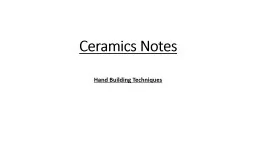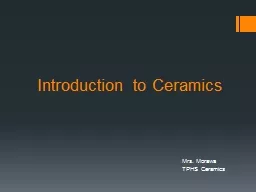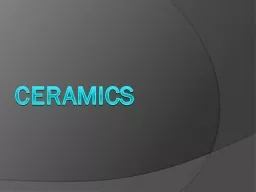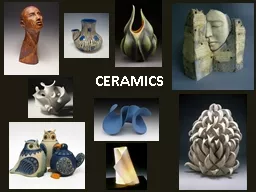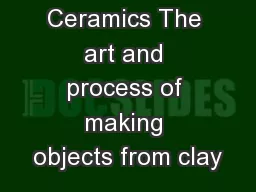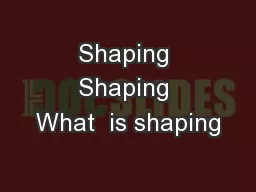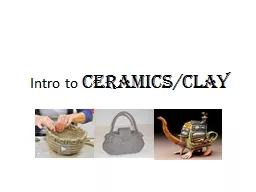PDF-Shaping and Firing Technolo gies for Advanced Ceramics
Author : test | Published Date : 2015-04-08
Adequate firing technologies are also discussed This helps to design new plants as well as to optimize existing production facilities Introduction For the production
Presentation Embed Code
Download Presentation
Download Presentation The PPT/PDF document "Shaping and Firing Technolo gies for Adv..." is the property of its rightful owner. Permission is granted to download and print the materials on this website for personal, non-commercial use only, and to display it on your personal computer provided you do not modify the materials and that you retain all copyright notices contained in the materials. By downloading content from our website, you accept the terms of this agreement.
Shaping and Firing Technolo gies for Advanced Ceramics: Transcript
Download Rules Of Document
"Shaping and Firing Technolo gies for Advanced Ceramics"The content belongs to its owner. You may download and print it for personal use, without modification, and keep all copyright notices. By downloading, you agree to these terms.
Related Documents

